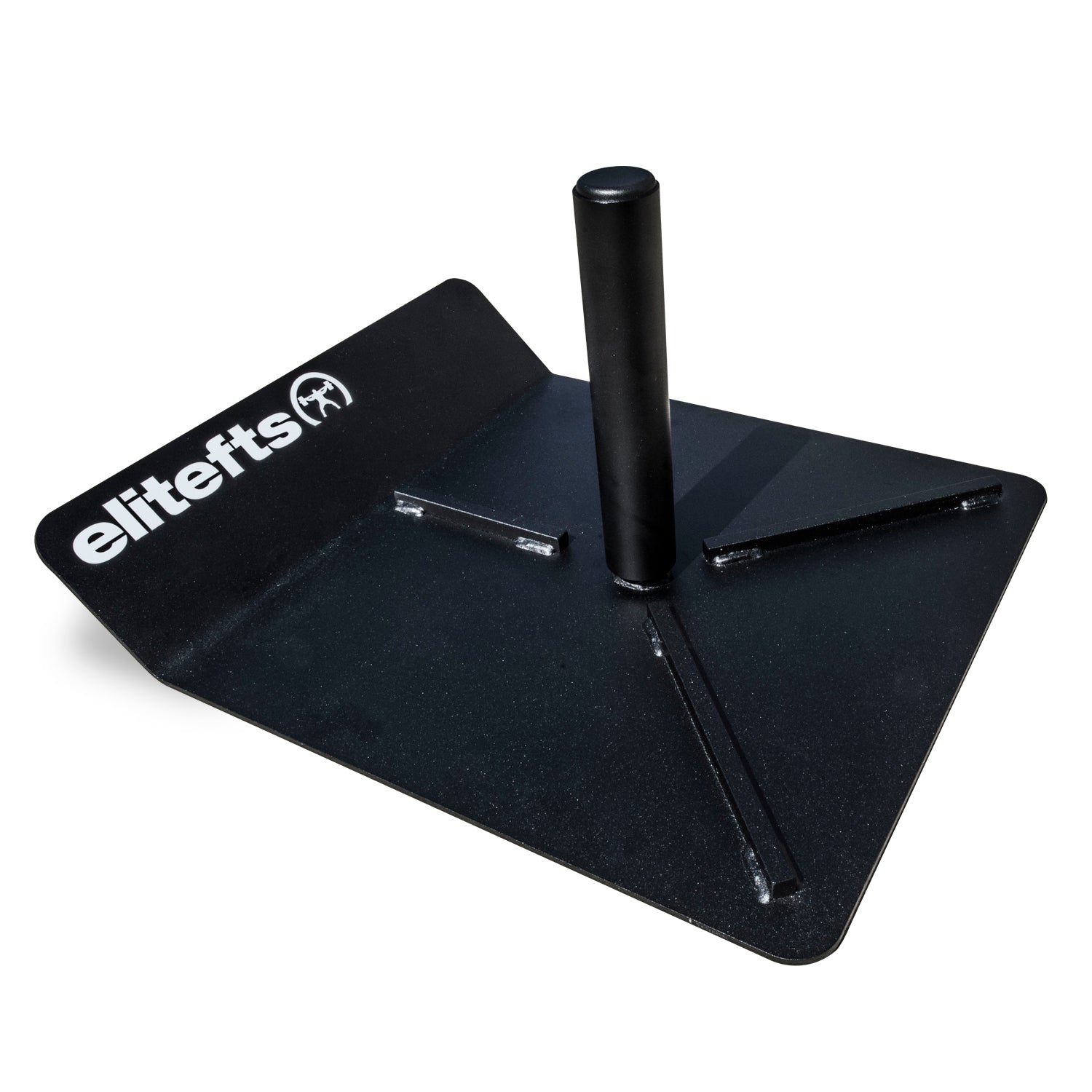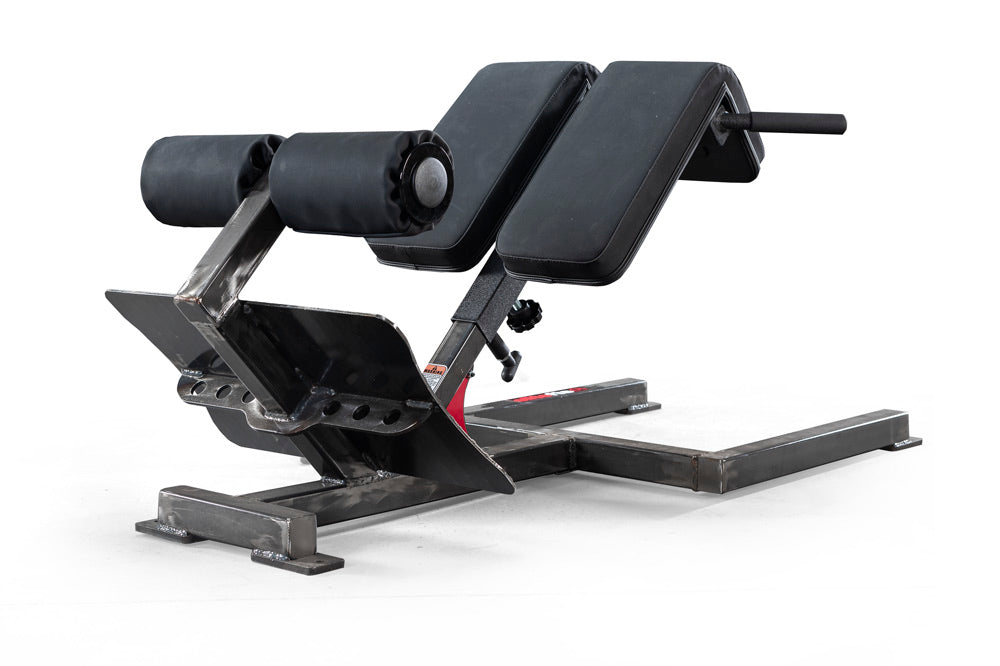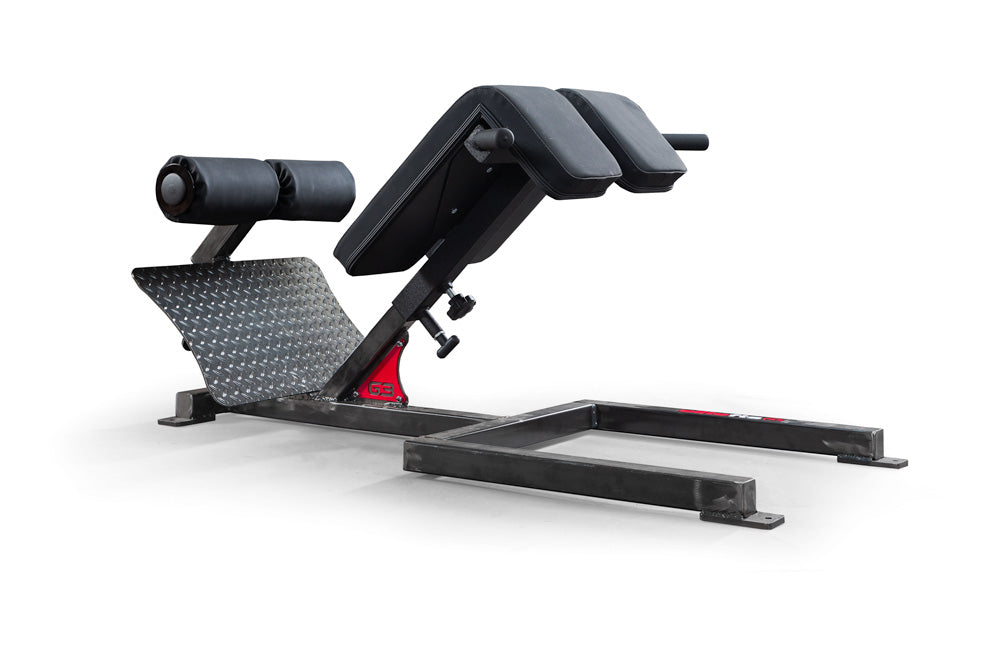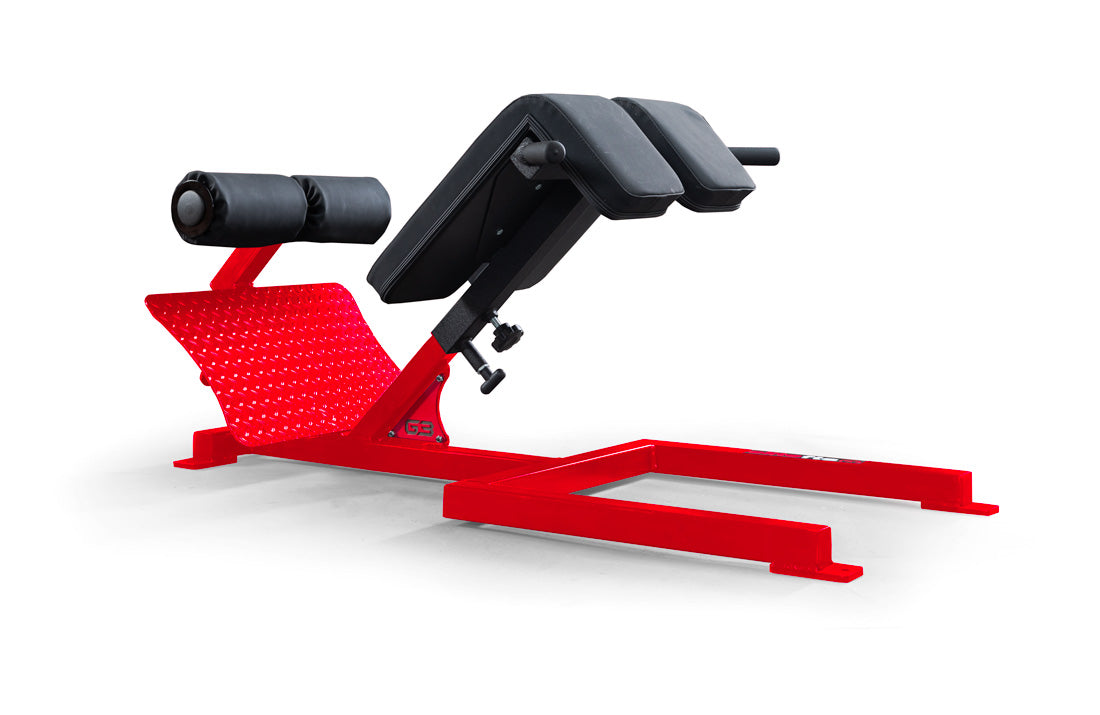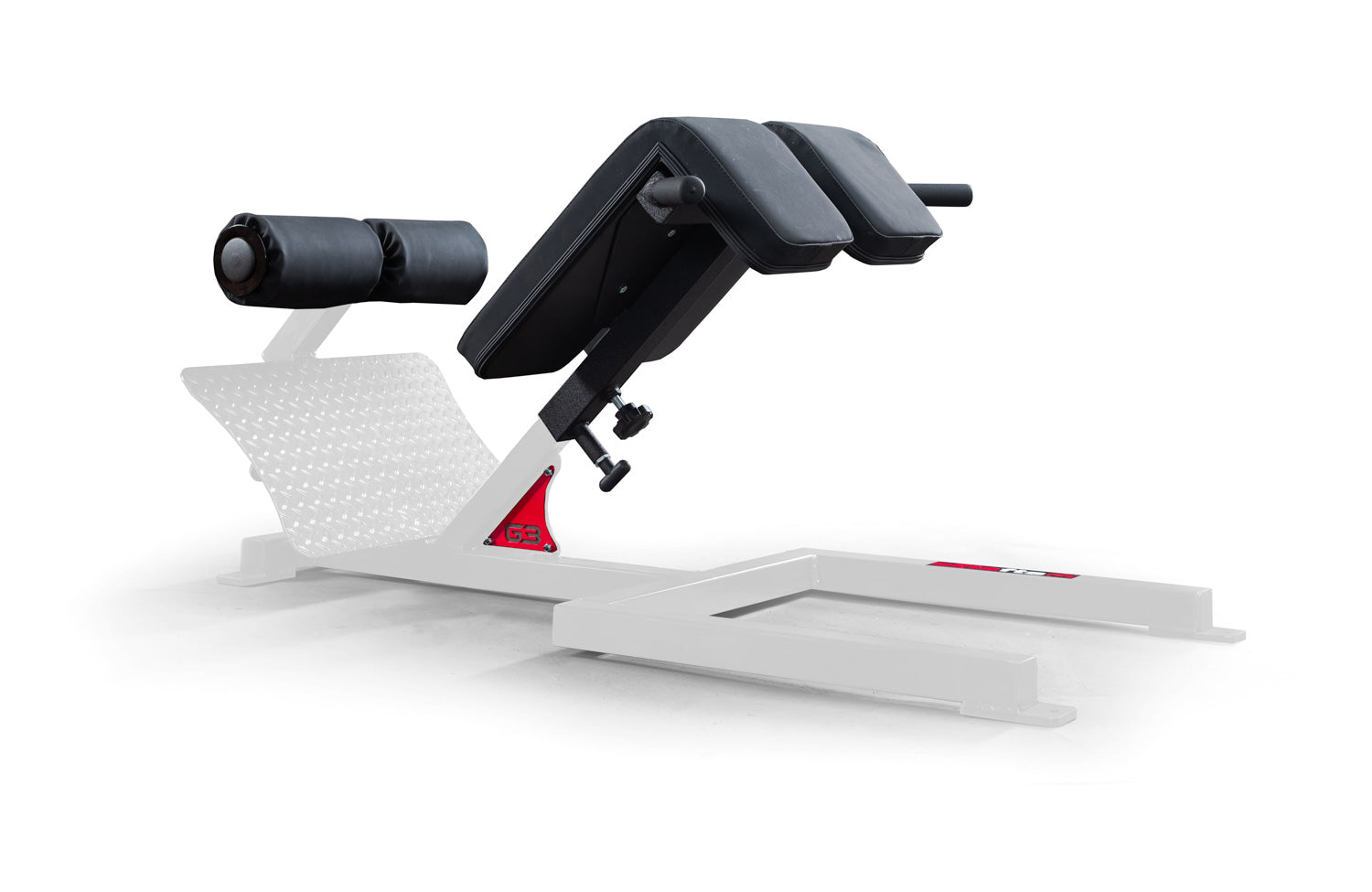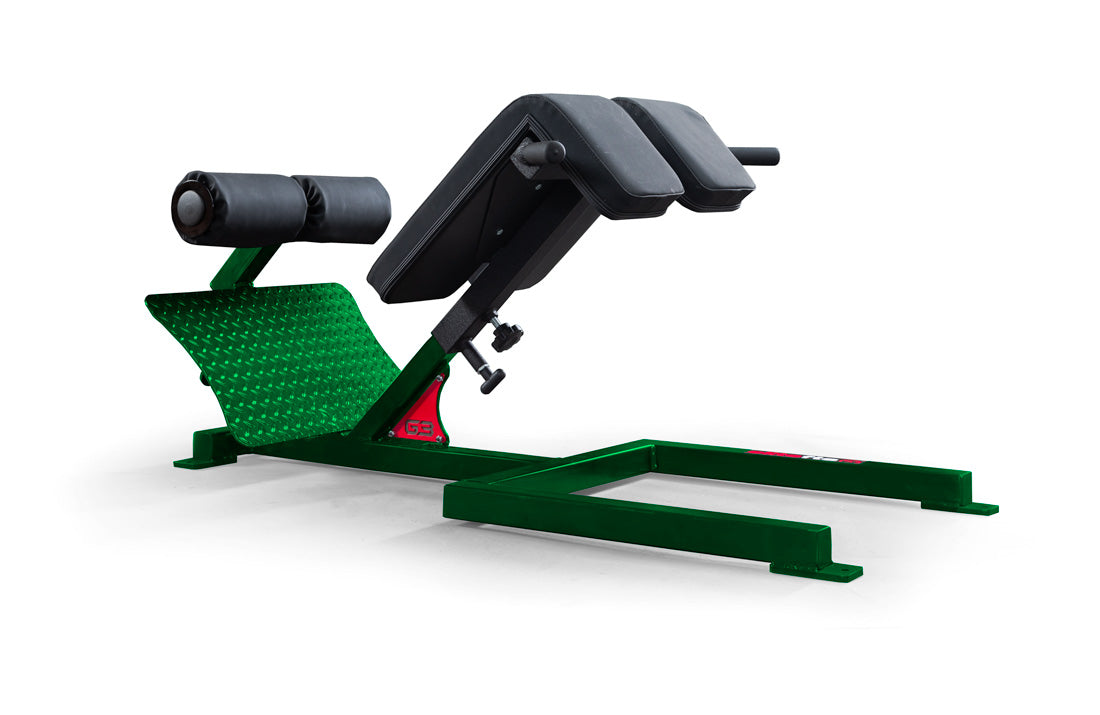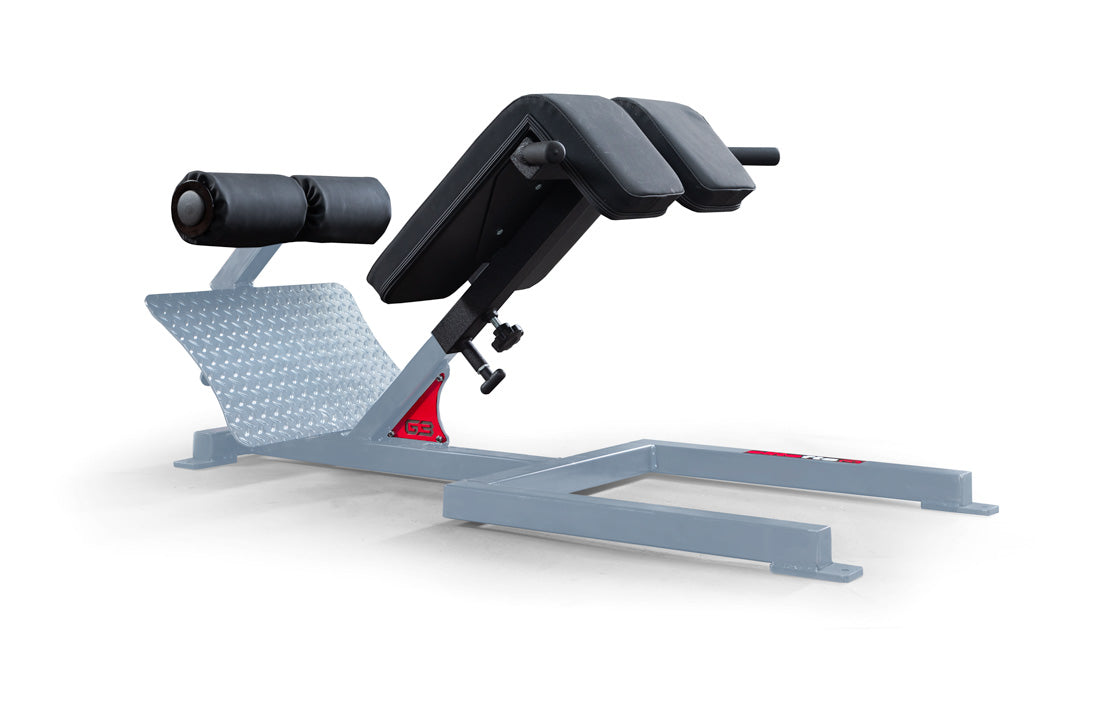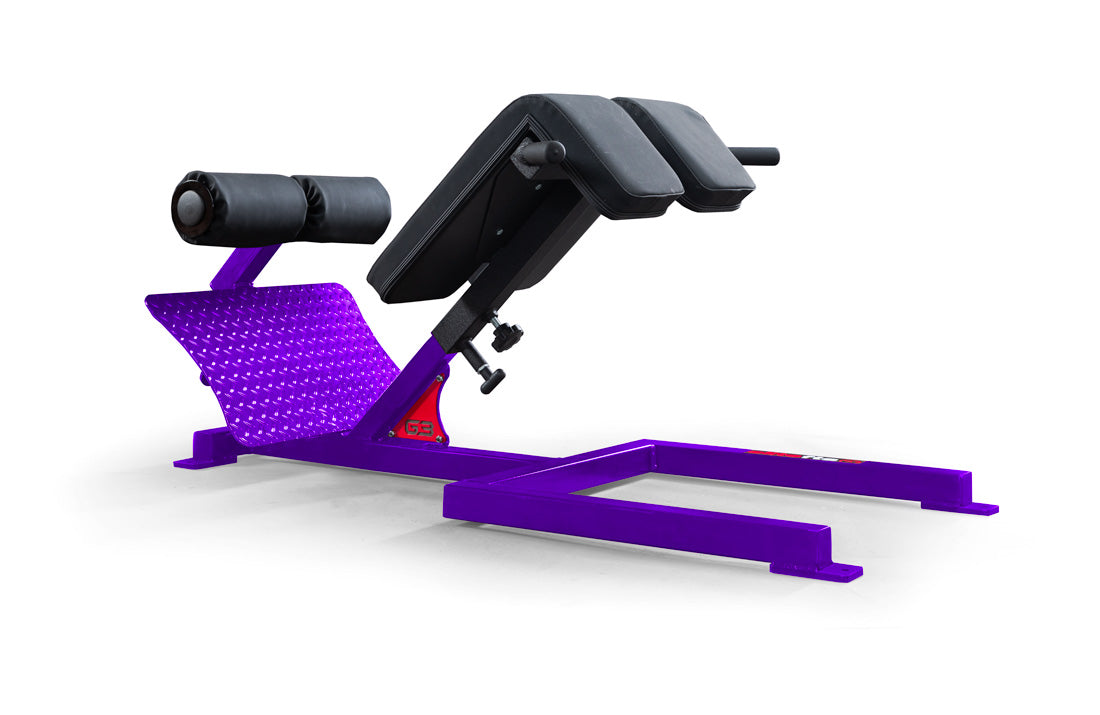Aerobic exercise is often very rhythmic, and many people detest it because it is so boring. Every time I go into a gym, the so-called cardio section is full, and the weight area is somewhat like a ghost town. There are people bouncing up and down on the Stairmaster watching their favorite television shows. I could return a year later and these same people would just be watching a new version of the show and they still wouldn’t have lost a pound. Many probably would have gained body fat. In addition, these same people would be more susceptible to the common cold and similar disorders because their immune system are breaking down. Sure, cardio will help burn body fat but at the expense of muscle mass and strength. Who wants to be burning up muscle? If you want to increase cortisol levels resulting in increased abdominal fat, broken down muscle tissue, a depleted immune system, and a soft look, then yes, I would recommend cardio. Athletes need to know that excessive aerobic work interferes not only with strength but also with the ability to run faster, jump higher, and throw further. If you are a person like me or like my clients, you have worked far too hard to achieve substantial muscle mass and strength, and you’re not willing to give it up by spending your valuable training time doing cardio work. There are plenty of you out there who argue that everyone needs to do cardio to prevent cardiovascular disease. We now know from research that strength training can provide the same results if performed properly, and I promise you, it won’t be
boring! Why am I a big advocate of strength training over cardio? It’s all in the hormones! Strength training for fat loss without cardio stimulates the release of growth hormones, which are produced naturally by the body during the performance of strength training work. Natural growth hormones produced by the body aren’t harmful. However, the same can’t be said for the synthetic version that you’ve heard is injected by some athletes and bodybuilders. Research indicates that growth hormone levels drop by 14 percent for every decade after your 30s. Have you noticed that this is the age when people start to pack on the extra pounds? When they notice that they’re gaining weight, what do they do? They run to their local gym and climb on that Stairmaster and begin that vicious cycle (oops, now that’s a pun). Don’t get me wrong. We don’t ignore the energy system. We have clients who perform energy system training, not rhythmic cardio, in their training cycle. I will discuss this topic later. Let’s get back to the program at hand. The basis of the fat loss program is a protocol system designed to increase growth hormone levels in the body. William Kramer’s research indicates that high repetitions with low rest intervals increases lactate levels and ph levels, thereby stimulating growth hormone levels. He found that exercise repetitions of 10 or more with rest intervals of between 30 and 60 seconds are the most effective training methods for growth hormone production. Gotshalk and colleagues found that growth hormone and testosterone responses were greater when a subject performed three sets per exercise compared to single set exercises. These and similar studies suggest that resistance exercise with multiple sets and shorter rest intervals creates the most effective hormone response with regards to growth hormone and testosterone levels. With this in mind, my colleague, Charles Poliquin, came up with a fat loss program for athletes called the German body composition (GBC). In the GBC protocol, the rest intervals are dictated by the size of the muscle group being called upon. Squats and deadlifts may have up to two minutes rest while the calves are 30 seconds. For the majority of the exercises, rest intervals are 30–60 seconds. Exercises are paired up in a similar fashion to super setting. Growth hormone levels increase by alternating upper and lower body exercises in a superset followed by a short rest interval: A1, Squats 3 sets X 10–12 reps, 301 tempo, 90 second rest A2, Seated rows with rope to neck 3 sets X 12–15 reps, 201 tempo, 75 second rest The basis of this program is to create high lactate levels by using an 8–15 rep bracket for each muscle group. By using this rep bracket, an individual is assured that they will add lean muscle mass. Many people like to use the term “toning.” Many people will grab a dumbbell, perform 20 reps, and think that they are toning. If you look at a repetition continuum, 20 repetitions develops strength endurance without muscle mass. Right about now, many females out there are screaming, “I do not want to be bulky.” No worries. Women lack the amount of testosterone needed to bulk up. In fact, when a woman is “bulked up,” this often means that she has a layer of fat on top of muscle, which makes her look bulky.
The Program The fat loss without cardio program follows this approach somewhat but with the addition of an energy system workout. There are two main reasons for adding this component. By incorporating high intensity interval training, an individual will burn more calories for up to 48 hours, which is much longer than regular boring cardio allows. This phenomenon is called excess post-exercise oxygen consumption (EPOC). It leads to higher calorie burning potential post-workout. As previously mentioned, some studies suggest a metabolism increase for up to 48 hours! The second reason we add an energy system workout is that some clients want to have some type of energy system work as a means of keeping their “sanity.” Performing high intensity intervals will lead to an increase in lactate levels, which will stimulate the pituitary gland to release natural growth hormone. Interval running will maximize fat loss without losing all important muscle mass. Interval training combines high intensity work (sprints) with low intensity work (jog/fast walk) over a period of time. Some authors have coined the name for this type of training, high intensity training (HIT). I simply call it energy system training for fat loss (EFL). In a study by Tremblay and colleagues, it was concluded that interval training led to a greater reduction in subcutaneous adiposity (body fat) compared to so-called endurance training. These same authors conclude that EFL training led to a nine-fold greater loss of body fat per calorie burned compared to slower, less intense training. So what does all this mean? EFL training creates more metabolic adaptations in the skeletal muscle and appears to favor the process of fat reduction. Slow endurance work does use fat as its primary energy source, but continuing this type of endurance work will cause your body to lay down more body fat in the area doing the most work, which are the legs and the butt area. It will also burn fat calories during slow continuous aerobic work. However, a greater percentage of calories are burned while performing EFL, and it’s done in a much shorter time. In addition, the metabolic rate at which the body burns calories is increased as a result of increased muscle mass. This means that when you increase the amount of muscle in your body, you burn more calories every day than you did before you added muscle. In a famous Texas study, it was shown that when subjects exercised at only 50 percent of their maximum heart rate, fat provided 90 percent of the calories burned. When the subjects increased their effort to 75 percent of maximum heart rate, fat provided “only” 60 percent of calories. In reality, the subjects that worked at 75 percent of their max heart rate burned more calories in a shorter amount of time. More calories burned equals more fat lost and more importantly, the workout takes
less time.
Schedule Sunday: off Monday: weights Tuesday: weights Wednesday: off Thursday: weights Friday: energy system Saturday: off
Monday and Thursday workouts: A1, Barbell squats, 3 X 10–12, tempo 3010, rest 60 seconds A2, Seated rows with rope, 3 X 10–12, tempo 3110, rest 60 seconds B3, Split squats with dumbbells, 3 X 10–12, tempo 2010, rest 60 seconds B4, Swiss ball dumbbell press, 3 X 12–15, tempo 2010, rest 60 seconds C1, one leg hamstring curls, 3 X 8 each leg, tempo 3010, rest 60 seconds C2, Incline offset dumbbell curls, 3 X 8–12, tempo 3010, rest 45 seconds D1, Reverse ball crunch, 3 X 12–15, tempo 2110, rest 45 seconds D2, Overhead triceps extension with rope, 3 X 8–12, tempo 2110, rest 45 seconds
Tuesday workout: A1, Deadlifts, 3 X 8–10, tempo 3010, rest 60 seconds A2, Dumbbell Arnold press, 3 X 12–15, tempo 2010, rest 60 seconds B1, Russian step-ups, 3 X 12–15, tempo 1010, rest 60 seconds B2, Neutral grip chins*, 3 X 6–8, tempo 3010, rest 60 seconds C1, one-legged dumbbell calf raise, 3 X 12–15, tempo 2111, rest 60 seconds C2, Scott preacher curls, 3 X 8–12, tempo 3010, rest 45 seconds D1, Swiss ball oblique crunch, 3 X 12–15, tempo 2010, rest 45 seconds D2, Decline dumbbell triceps extension, 3 X 8–12, tempo 2110, rest 45 seconds Notes: You may substitute neutral grip chins with neutral grip lat pull-downs if chins are too difficult. The use of dumbbells for most exercises will result in increased calories being burned because of the greater demand on the muscular system. For this same reason, major compound lifts are performed at the beginning of the workout.
Friday workout: Sprint, row, or cycle, 1 X 6, 30 seconds as fast as possible for 3 minutes Sprint, row, or cycle, 1 X 6, 30 seconds as fast as possible for 2:45 minutes Sprint, row, or cycle, 1 X 6, 30 seconds as fast as possible for 2:30 minutes Sprint, row, or cycle, 1 X 6, 30 seconds as fast as possible for 2:15 minutes Notes: Perform each rep at maximum effort. Rest interval is slow walk, pedal, or row. The order of choice for exercises is sprinting, rowing, and finally cycling in order to create more lactate in the muscles. Follow proper eating habits. This may require a lifestyle change. I recommend the Biosignature model for fat loss. Consume more animal protein and more vegetables. Eat like a caveman. Our DNA has not changed that much! Males should consume 15 grams of fish oil per day and females 9 g per day. Fish oils have numerous health benefits, one of which is that they turn on the fat releasing hormone. One of the biggest problems I see with my clients’ diets is that their daily protein intake is too low. Increase your daily protein to at least 1 g per pound of body weight. Follow this program for four weeks and then make changes in the exercise components because the body will adapt. Many people do the same workout over and over, and the body becomes accustomed to the work demand, which impedes further improvement. Get your body fat monitored weekly by a skilled practitioner. SST’s fat loss without cardio is a very effective program for fat loss and muscle gain. You can expect to see more muscle and less fat! The increase in muscle will result in an increase in the number of calories burned on a daily basis. Ladies, no worries. You will not “bulk up.” Instead, you will appear much more fit and lean!
Elite Fitness Systems strives to be a recognized leader in the strength training industry by providing the highest quality strength training products and services while providing the highest level of customer service in the industry. For the best training equipment, information, and accessories, visit us at www.EliteFTS.com.















